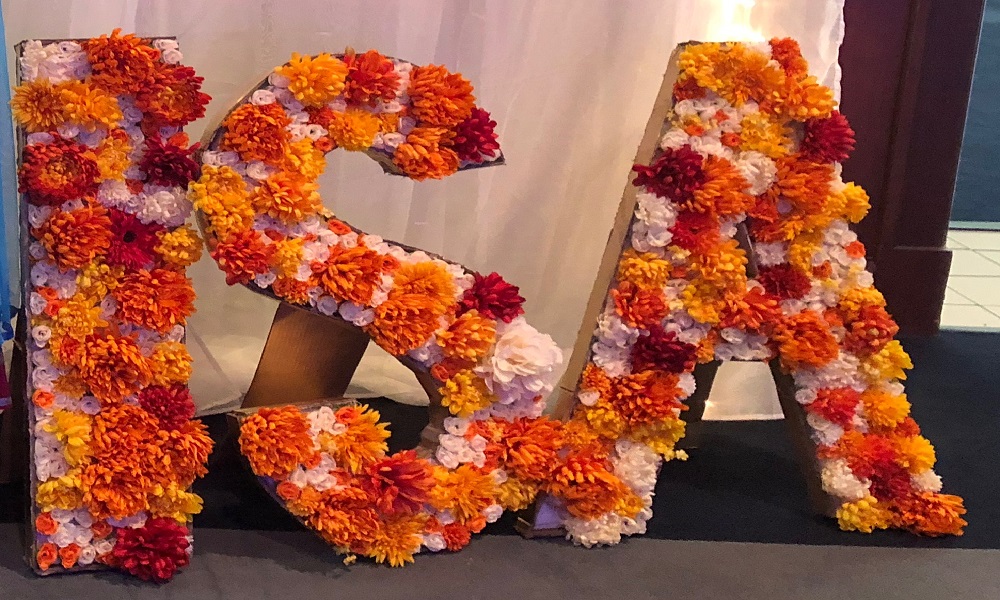
My school is only rich white trust fund kids. At least that’s what people told me when I said I was considering this university. The stats are qwhite interesting. The minority percentage in here is a solid 27 percent and looking around, there are not many students who look like me. Not in the student body, the faculty, or college representatives. I had the darkest skin in my campus tour group and, even now, I have the darkest skin in half of my classes. So yes, I go to a primarily white institution, but I promise, it is not as bad as it sounds.
Welcome to the College Experience
Orientation sucked. I felt like I tried so hard to converse with people who simply fit better with others. The white girls cliqued up real fast and I felt like I was on the outside looking in the entire time. I was the person that treaded behind a group because the sidewalk couldn’t fit us all. This doesn’t make them bad people, they were very nice, and I don’t blame them either. Human beings, as a species, do not like uncertainty, and their uncertainty decreases when they are around people who look like them. I am the same way. Except in my case, there wasn’t anyone who looked like me. At the same time, I am not a total social butterfly. This probably factored into my experience. If my current roommate and her sister were not at orientation with me, I don’t know what I would have done. That feeling of “I made the right choice” with my college decision didn’t come after orientation.
[Read Related: Minorities and #MeToo: Including Women of Color in the Conversation]
A Wake Up Call
Orientation might have sucked, but the days leading up to the beginning of the semester were some of my favorite memories. I got involved with the Office of Multicultural Student Affairs (OMSA) pretty quick when I came here. At my university, I was a part of a mentor/protege program called CONNECT directed by OMSA that took place a couple days before classes started. I was introduced to my two incredible mentors, both of whom I still talk to today. One brought me candy when he knew I was having a rough week, and the other took care of me when I felt sick in the library. I met some of my best friends through this program and my mentors are always there for me. It really opened my eyes to the fact that I had a single perspective influenced by people who only know my school by its stereotypes. CONNECT dispelled my bad attitude and made me realize that yeah, this community might be small, but it exists and it will give you a backbone.
I Love My Community
Our Indian Student Association is small. We have no dance team and I’m sure I know all of the South Asian undergraduates by name. But because it is small, I got to know them really quickly. I’ve met amazing and wholesome people who will take care of you, if you need it. It’s always comforting to have those familiar faces, who will take you in and understand, in an unfamiliar environment. Coming here forced me to define my cultural identity and helped me realize how important it is to me. The values, the traditions, and my god the food, oh how I miss the food.
[Read Related: Setting the Bar for Discrimination: Don’t Let Sexism Become the New Racism]
Don’t be Afraid to Step Out of Your Comfort Zone
At the same time, going to school with few people of color helps you get involved with other cultural groups. I swear, you will find me at every Vietnamese Student Association event on campus all four years. Support each other. Go to each other’s events. Learn new things with new people. Talk to everyone. Find not only diversity in ethnicity, but also diversity in interest. Listen to new stories.
My freshman year really taught me how to get comfortable with being uncomfortable. I know I have people to fall back on, but that doesn’t mean I’m going to stop meeting new people. No matter what, you will find a group of people who you just connect with. Don’t look down on those who are mostly friends with their own ethnicity, but also, don’t look down on those who are not. Just worry about yourself and live your best life.
[Read Related: ‘Young Brown Teacher’: Why Representation is Valuable to Students of Color]
And In Conclusion
I grew up in an area where everyone looked like me. My best friends were South Asian, and I used to see people walking around my neighborhood in sarees. Going to Garba was a given and I would come home to fresh basmati rice every day. I don’t have that anymore, but is okay. I love it here. I love my classes and my friends. My dorm room is really homey and I have the best roommate in the world. I’ve had great professors and I’ve learned a lot. Microaggressions happen and that is okay. Yes, my classes are overwhelmingly white, but that doesn’t take away from what I learn. If anything, it teaches me to assert myself and speak up more. Go in with a positive attitude and everything else will follow.




